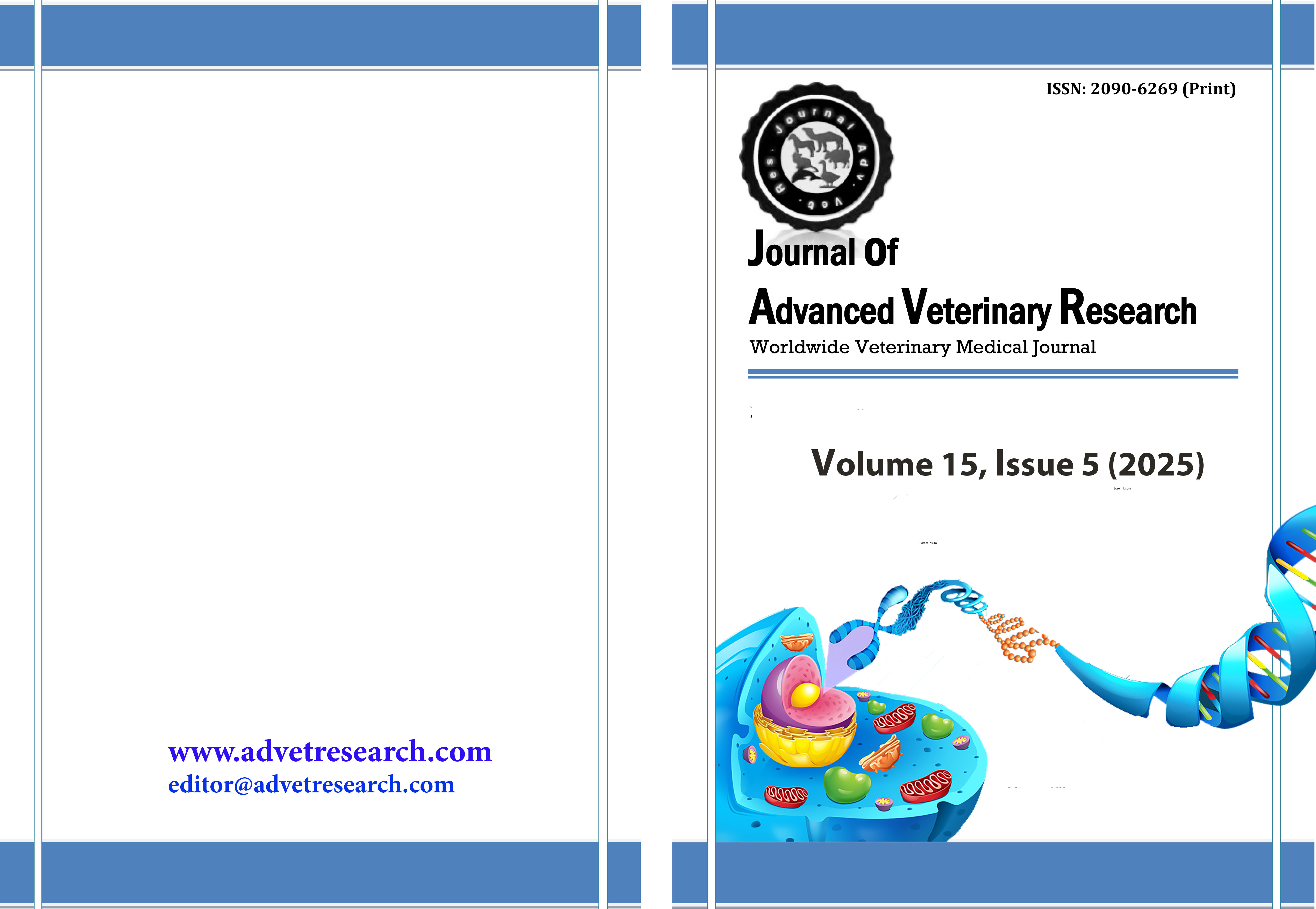Rumen fluid profiles and environmental cost of production in weaned thin-tailed lambs given different levels of feeding
Keywords:
Ammonia, Lambs, Methane emission, Nitrogen excretion, VFA concentrationsAbstract
This study was conducted to examine the effect of different levels of feeding on rumen fluid profiles and environmental cost of weaned Thin-tailed lambs. As many as 21 weaned male lambs were allocated into 3 feeding levels in a completely randomized design. The treatments were low (4% BW; T1), medium (5.5% BW; T2) and high feeding level (ad libitum; T3). Each treatment consisted of seven replicates. This study showed that lambs fed T3 had highest dry matter intake (DMI; 7.9%BW; 1516g/d) than that of T1 and T2 which were significantly different (p<0.05). The digestibility was similar in all treatments (averaged 60.21%; p>0.05). Lambs fed T3 had higher acetate (112.86 mM), propionate (41.14 mM), and butyrate (31.30 mM) concentrations at 6h after feeding (p<0.05). There was no significant effect of feeding levels on ammonia concentrations of rumen fluid at (p>0.05). Microbial nitrogen production of lambs was not significantly different (averaged 2.69 g/d; p>0.05). Lambs given T3 had the highest ADG (202 g/d; p<0.05) and the lowest methane emission production per unit body weight gain (0.54 L/gADG; p<0.05). In conclusion, the rumen fluid ammonia and VFA in the lamb are stable at high feeding level. The environmental cost of lamb fattening is lower when the lamb is kept under a high feeding level (ad libitum).
Downloads
Published
How to Cite
Issue
Section
License
Copyright (c) 2025 Journal of Advanced Veterinary Research

This work is licensed under a Creative Commons Attribution-NonCommercial-NoDerivatives 4.0 International License.
Users have the right to read, download, copy, distribute, print, search, or link to the full texts of articles under the following conditions: Creative Commons Attribution-NonCommercial-NoDerivatives 4.0 International (CC BY-NC-ND 4.0).
Attribution-NonCommercial-NoDerivs
CC BY-NC-ND
This work is licensed under a Creative Commons Attribution-NonCommercial-NoDerivatives 4.0 International (CC BY-NC-ND 4.0) license




